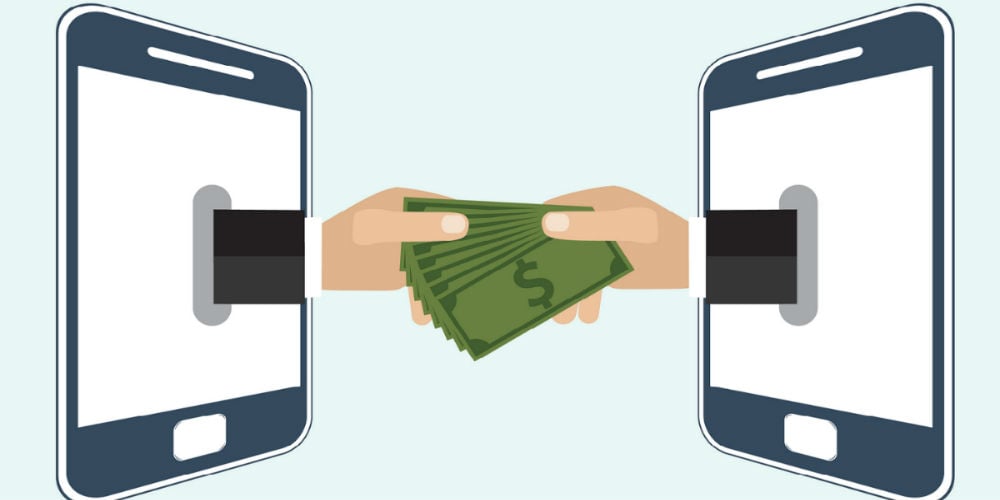No need to fear, contactless payments are here

The Internet of Things (IoT) is changing the way we interact with the modern world. But there’s another trend that’s gaining traction and that is contactless payments.
Contactless payments offer a higher level of convenience than a traditional card or cash-based payments. While they may seem completely different, contactless payments and IoT are growing together. Contactless payments simplify the process of transferring money between parties, while IoT automates and interconnects everyday tasks. The combination of these technologies results in futuristic developments such as clothing that stores credit card details, car key fobs that can pay for a latte at Starbucks, and bracelets that use the wearer’s heartbeat in place of a signature or PIN. IoT contactless payments aim to make payment processing faster
What’s the Current State of Contactless Payments and the IoT?
The contactless payments market was valued at an estimated $4.32 billion. This number is expected to reach almost $10 billion this year, with an annual growth rate of 18%. We’ll also see an increase in the use of wearable devices and smartphones capable of contactless payments. By the end of this year alone, 30 million NFC-equipped phones will be used to make a contactless payment at least once a month. This number is expected to skyrocket to 516 million by the end of 2020. The continued adoption of wearable devices and high-bandwidth short-range wireless communications will result in the steady growth of contactless payments and IoT-enabled transactions.
Why Use Contactless Payments?
Speed and convenience make contactless payments a force to be reckoned with. Consumers no longer have to fumble with cash and change or worry about having enough cash for a purchase–they can place their contactless payment device in close proximity to a reader and go. In most cases, they do not even have to sign a receipt or enter a personal identification number (PIN).
As a result, merchants see sales volumes increase and transactions speed up. Chase has reported that time at the POS is reduced 30 to 40% and an American Express study found contactless transactions to be 63% faster than cash and 53% faster than using a traditional credit card. Research also shows that consumers generally spend more per transaction when they don’t use cash–with Chase reporting a 20 to 30% increase over cash purchases. Merchants also enjoy lower costs, as a result of fewer requirements to handle cash, improved operational efficiencies, and reduced maintenance required by contactless readers. In merchant segments where speed and convenience are key to merchandising and customer service, contactless payments also translate into improved customer acquisition and retention.
By issuing secure contactless payment devices, financial service providers are not only supplying consumers with a more convenient payment mechanism, they are also increasing transaction volumes by replacing cash. In addition, service providers can now differentiate themselves with innovative new form factors.

